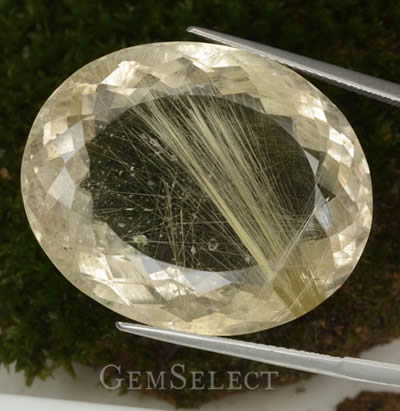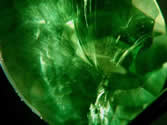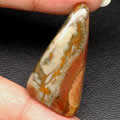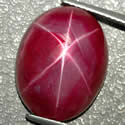Valuable Gemstone Inclusions
Gemstone inclusions are natural imperfections or unique features found within gemstones that can significantly affect their appearance and value. While most inclusions are seen as flaws, certain types can actually enhance a gemstone’s rarity and desirability, leading to an increase in value. Gemstone inclusions that increase value are often rare and visually striking, adding character and uniqueness to the stone. These inclusions can take many forms, from colorful mineral deposits to unique crystal structures, and are highly sought after by collectors and gem enthusiasts. Understanding the different types of valuable inclusions can help buyers and sellers better appreciate the hidden beauty within gemstones.

Quartz with Rutile Inclusions
Colored gemstones with perfect internal clarity are rare. Gemologists use the term "inclusion" to describe foreign matter or irregularities within a gemstone's crystal lattice. It's important to understand that gemologists prefer the term "inclusion" over "defect" or "flaw" as these characteristics are not necessarily negative. In fact, they can enhance the beauty and value of a gemstone. In many instances, inclusions offer valuable insights into the stone's origin and formation.
 One of the most famous and valuable gemstone inclusions is the unique inclusions found in Demantoid Garnet. Demantoid Garnet is a rare and highly prized variety of garnet known for its vibrant green color. Gems with distinctive inclusions, such as horsetail-shaped threads of rutile, are especially valuable and sought after. One of the most famous and valuable gemstone inclusions is the unique inclusions found in Demantoid Garnet. Demantoid Garnet is a rare and highly prized variety of garnet known for its vibrant green color. Gems with distinctive inclusions, such as horsetail-shaped threads of rutile, are especially valuable and sought after.
Rutilated quartz is another gem variety that draws its value from its characteristic inclusions. Rutile is the mineral name for natural crystals of titanium dioxide. While most varieties of transparent quartz are valued most when they show no inclusions, rutilated quartz is valued specifically for the lovely patterns formed by the delicate golden needles of rutile inside it.
 Inclusions of rutile needles add value to another group of gemstones - those that exhibit asterism (the star effect) or chatoyancy (the cat's eye effect). When aligned needles intersect each other at the correct angle, a star sapphire or ruby will display six white rays of light that meet in one point and dance over the gem's surface when viewed from different directions. Inclusions of rutile needles add value to another group of gemstones - those that exhibit asterism (the star effect) or chatoyancy (the cat's eye effect). When aligned needles intersect each other at the correct angle, a star sapphire or ruby will display six white rays of light that meet in one point and dance over the gem's surface when viewed from different directions.
 Another group of gems depend on characteristic inclusions for their distinctive look. For example, the pyrite inclusions in lapis lazuli give the venerable royal blue gem its unique golden shimmer. Jasper, a form of chalcedony, contains up to 20% foreign material that provides its trademark multicolored, striped, spotted or flamed appearance. Moss opal carries dark-green dendritic moss-like patterns. Without the dentritic inclusions, it is just a common opal of no particular interest. Another group of gems depend on characteristic inclusions for their distinctive look. For example, the pyrite inclusions in lapis lazuli give the venerable royal blue gem its unique golden shimmer. Jasper, a form of chalcedony, contains up to 20% foreign material that provides its trademark multicolored, striped, spotted or flamed appearance. Moss opal carries dark-green dendritic moss-like patterns. Without the dentritic inclusions, it is just a common opal of no particular interest.
In some transparent gems, there are inclusions that are especially valuable. Fine rutile silk in corundum from Kashmir and Burma lend especially fine loose sapphire and loose ruby a velvety color that is highly prized. A unique horsetail inclusion in rare Russian demantoid garnet is regarded by collectors as the most reliable indication of Russian origin, since the more common Namibian demantoid lacks this distinctive inclusion.
To conclude, when it comes to colored gemstones, inclusions should not always be considered flaws. They can actually add to the beauty and value of a colored gemstone.
|
